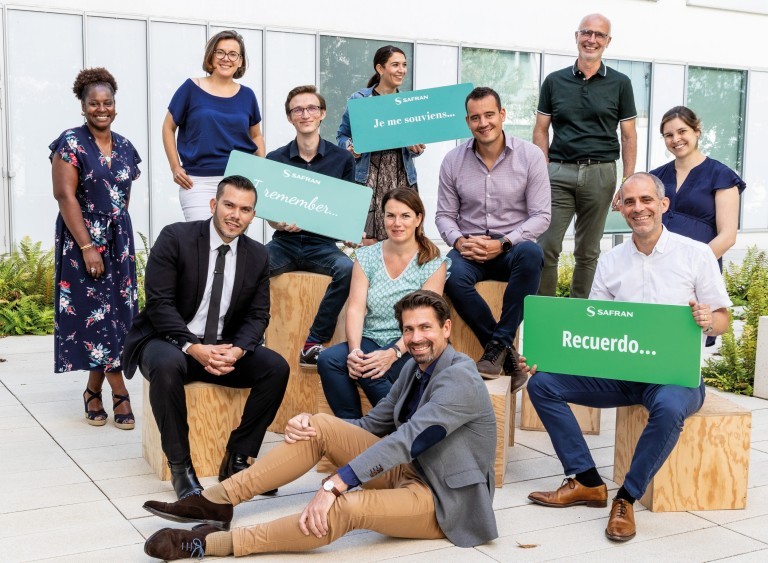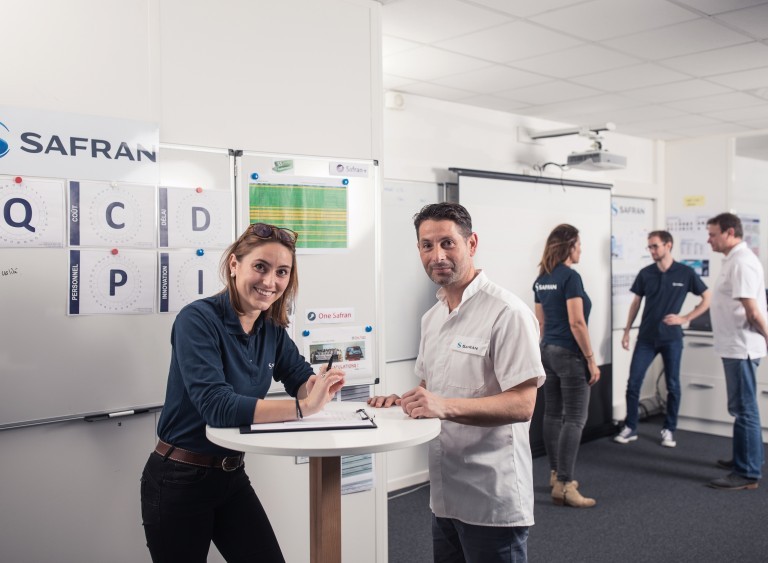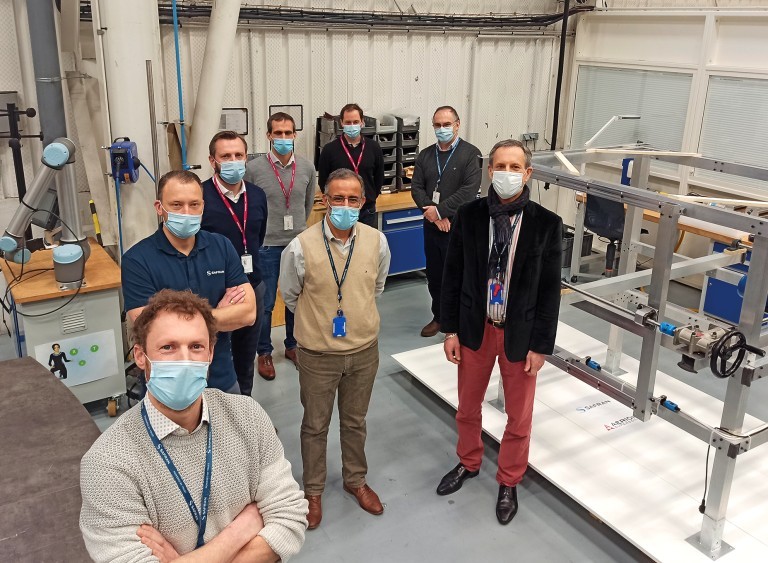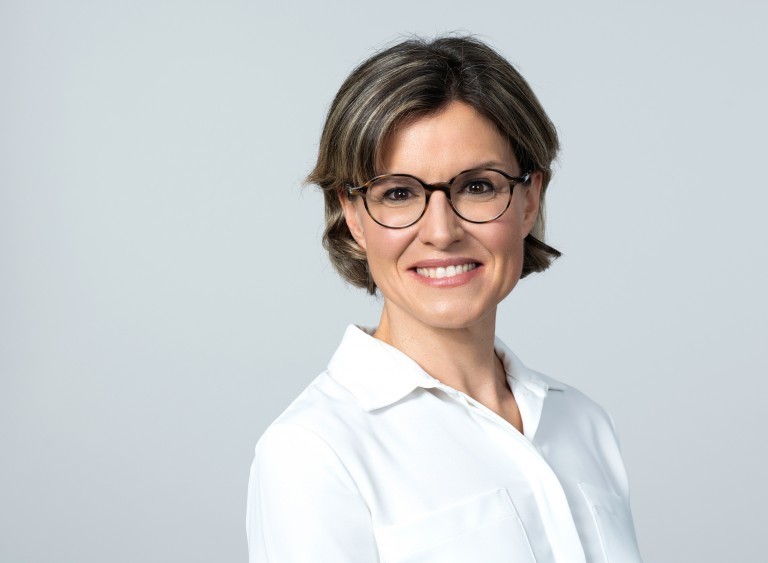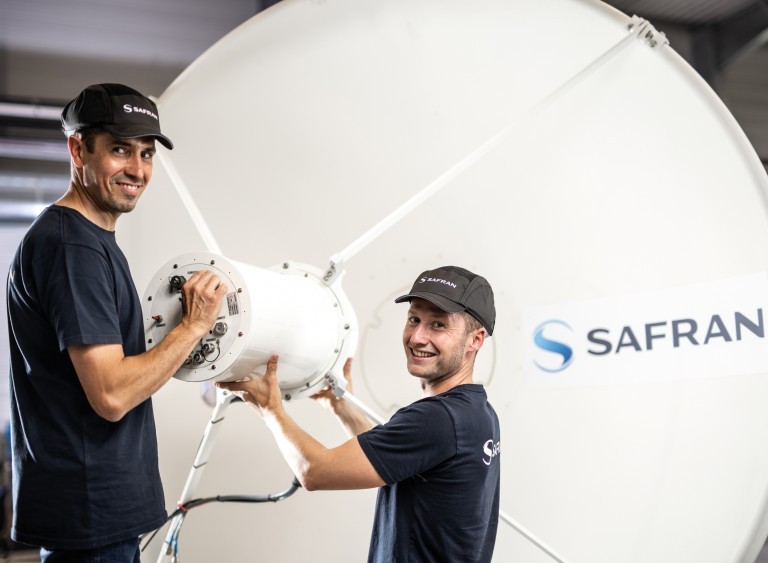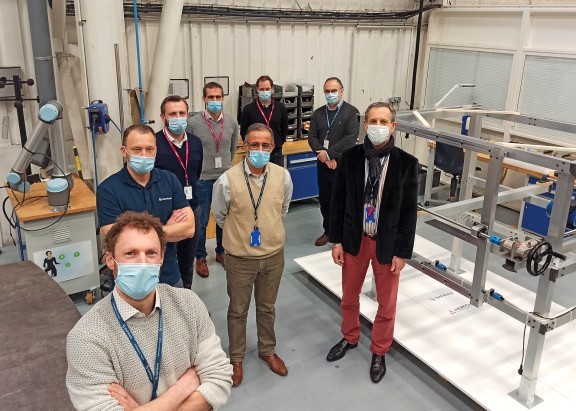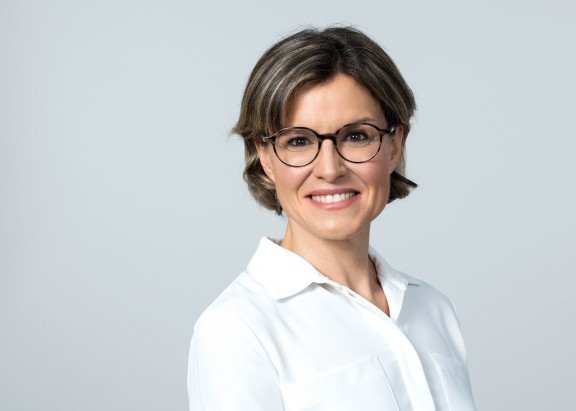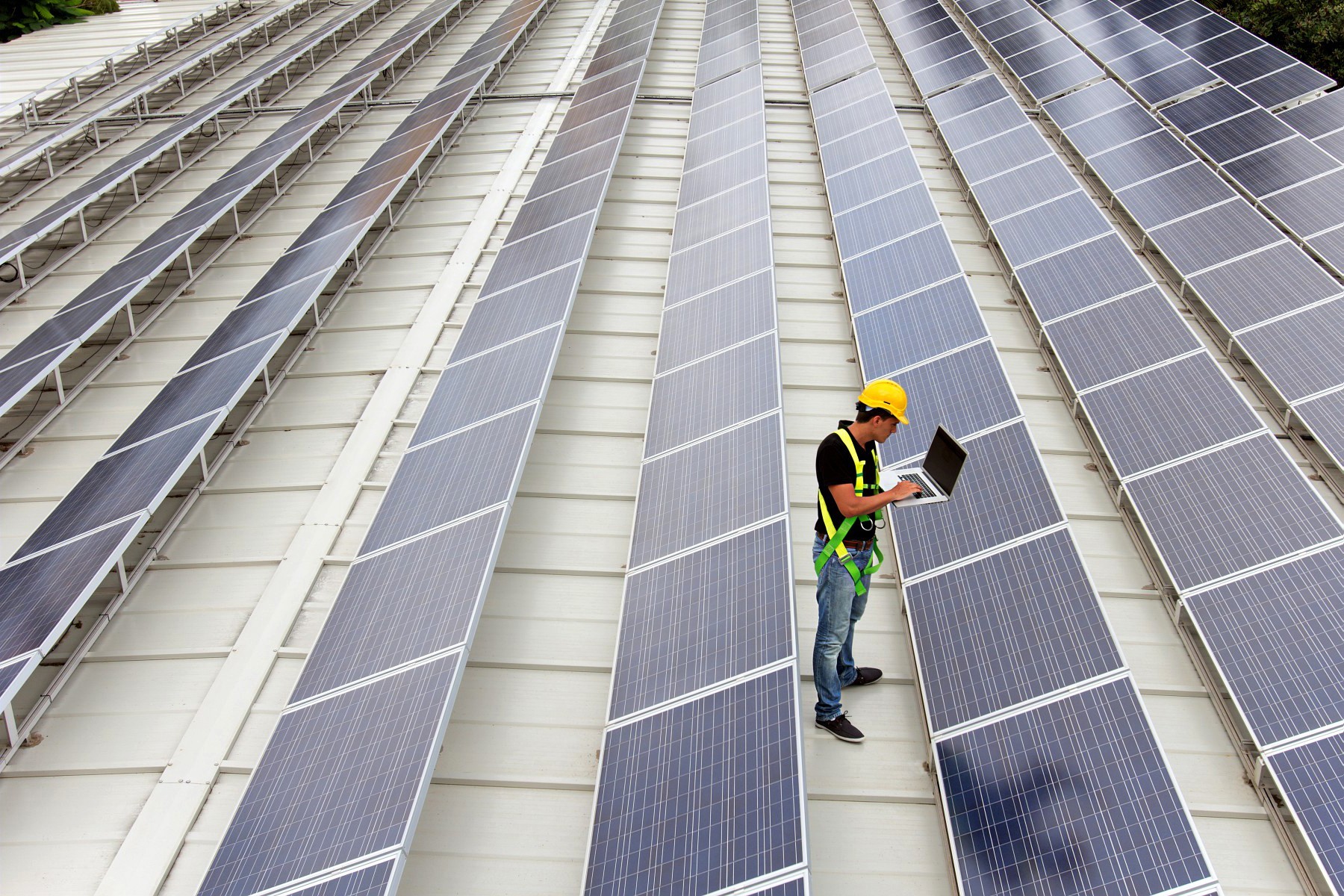
Low carbon: employee-driven change
Safran has revised the goals of its low carbon project and set a more ambitious target of a 30% reduction in CO2 emissions by 2025, versus 2018. As well as developing low-carbon products, this also implies reducing the carbon footprint of all our activities.
Here are some of the initiatives underway.
- At a glance
- Special Report
- Snapshots
- Interview
- A day with
Cyril ELMOUSTAINE
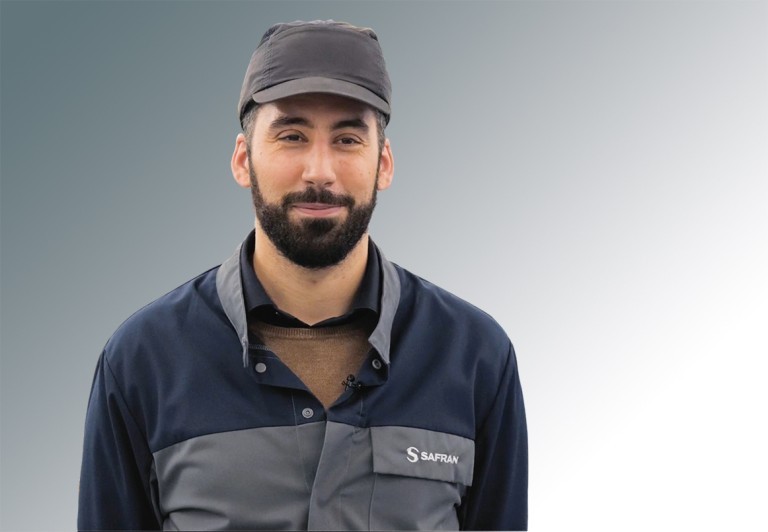
“ At the end of 2020, we had to replace the cooling units that produce ice water for specific machines and workshops; these units had been in service since 1980 and had become obsolete. We came up with the idea of designing a system to reuse the heat generated by the cooling units. As they cool the water, the new, more efficient units generate residual heat which can reach up to 80°C, so we connected them to the facility’s central heating system. As a result, we’ve been able to reuse 2,500 MW since December 2020, cutting CO2 emissions by 540 metric tons. What’s more, our annual heating gas consumption has been cut about 10%, already generating savings of €15,000 in just a few months! This solution, which combines emission reductions with energy savings, can be deployed anywhere that requires permanent cooling, whether at a foundry or another industrial facility.”
Pierre-Samuel Gall
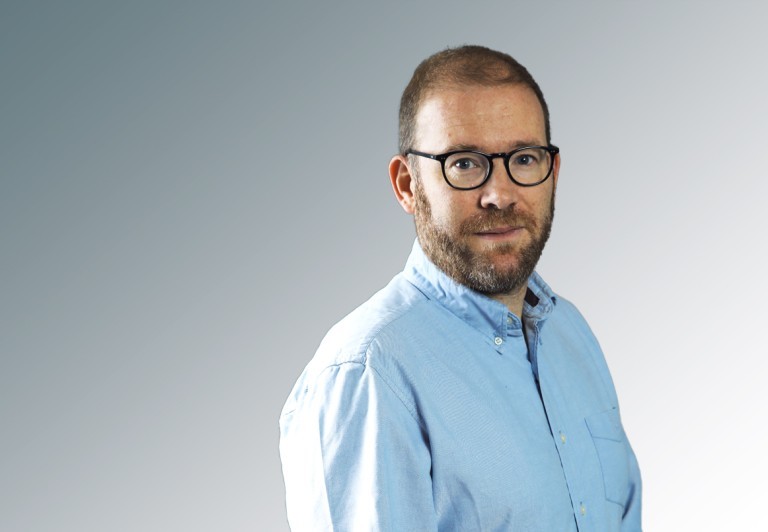
“Safran Transmission Systems launched the Green Makers Challenge at its sites in France and Poland in October- November 2020. It was a stimulating initiative and, like a lot of my co-workers, I submitted ideas. In total, more than 150 ideas for reducing our carbon footprint were gathered from staff. The best ideas chosen by the selection committee included initiatives to decarbonize our production facilities, reduce our electricity consumption, curb suppliers’ transport-related CO2 emissions, and improve the performance of our buildings. Other ideas aim to encourage staff to opt for green transport modes in their daily commutes and adopting more eco-friendly practices. All of these initiatives have been integrated into the main “Reduce our carbon footprint” project launched in 2021, which I’m now in charge of.”
Byran TAYLOR
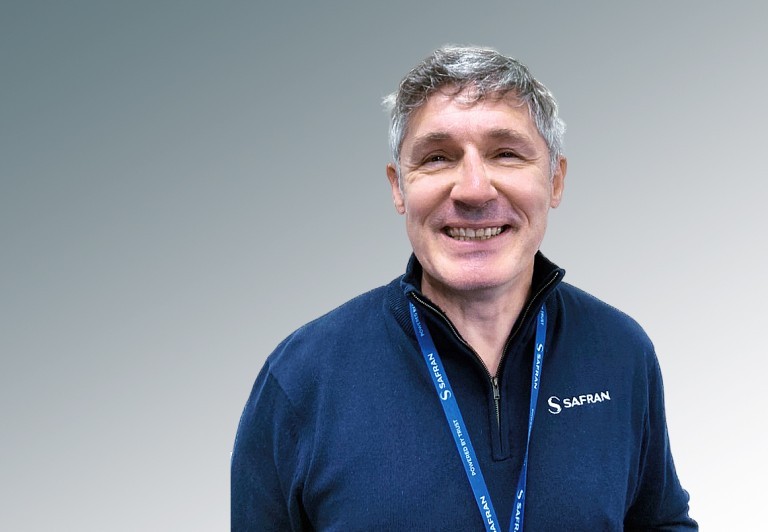
“I’ve been developing initiatives to reduce our facility’s carbon footprint since I began working here as HSE manager in 2018. I oversee efforts and ensure that our facilities comply with HSE policy. One of our top priorities is producing renewable energy onsite. We’ve installed solar panels, an electric power generator that runs on biofuel and an energy storage system. An audit carried out in the first quarter of 2021 showed that these solutions have cut our CO2 emissions from gas and electricity consumption by 42% in just three years! What’s more, we achieved energy self-sufficiency for eight hours over a five-day test period, the equivalent of one day of activity. This is really promising and shows the way forward to reduce carbon emissions at all Safran sites in the United Kingdom.”
Raphaël RENOUVIN

“We get a lot of sunshine here in Casablanca, so harnessing solar power was an obvious solution to reduce CO2 emissions by Safran Nacelles. Our aim is to cut emissions by 1,750 metric tons a year, which amounts to 20% of the company’s overall target. As part of the project, photovoltaic roofing panels will be installed on a building currently under construction and over parking lots by the end of 2021. With an installed capacity of 1.3 MW, this will be the largest solar plant deployed anywhere in the Group. It will cover 15% to 20% of the site’s annual energy needs, which also means lower bills.”
Take part in the Low Carbon MOOC
Register at
Discover the "Low Carbon" FAQ
Discover

